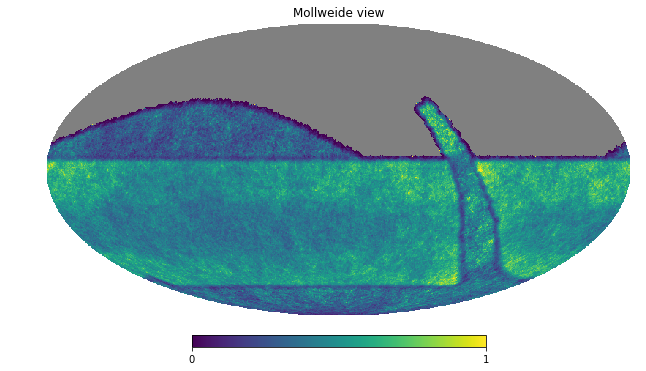A quick comment on the number of visits per night, per pointing:
The scheduler, in general, is programmed to get pairs of visits in each night, for each pointing. These visits are paired in various filters: u-g, u-r, g-r, r-i, i-z, z-y or y-y. Pairs are scheduled for approximately 22 minutes separation, and the achievement of a second visit after a pair is usually successful (most visits occur in pairs).
But, this doesn’t mean that each point on the sky only receives 2 visits per night. Occasionally the scheduler will re-visit a pointing. In the baseline this occurs about 9% of the time over the entire survey. More often (about 36%), however we end up with more than 2 visits per night due to field overlaps. In both of these cases, the repeat visits tend to also be in pairs, so we get bumps at ‘2’ ‘4’ and ‘6’ numbers of visits per night. With the combination of these effects, we find that about 45-50% of the time that a field receives a pair of visits, it will receive more than just 2 visits.
(there are ranges on some of the numbers above because it depends exactly what you’re counting and what visits you’re including … if you only look at visits that are part of the pairs scheduled in blobs during most of the night, then 45% is more appropriate, but adding in twilight ‘greedy’ visits pushes the amount of sky that gets >2 visits up to 50%).

(plot shows the ratio: number of nights with >2 visits / number of nights with 2 visits at each point in the footprint for the baseline run, baseline_nexp2_v1.7_10yrs)
The basis for this estimate is explored in this notebook.